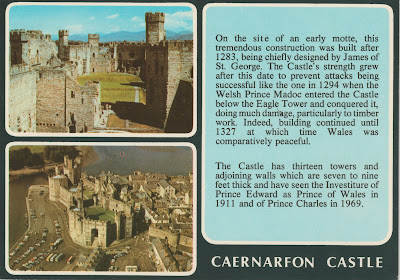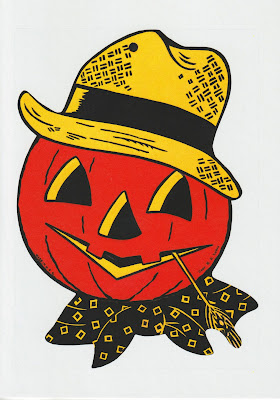Poster by Joseph Maria Auchentaller, 1906: Grado, Italy
This used postcard sent by a friend, is distributed by Nuove Edizioni della Laguna and features a painting by the Austrian and Italian painter, draftsman, and printmaker Josef Maria Auchentaller (1865-1949). The picture created in 1906 is titled: Seebad Grado: Österrichische Küstenland. The clean lines of the composition show beach goers and sunbathers in light colorful pastels. Borders of this type around the picture were popular in the early 1900s.
Josef Maria Auchentaller was born in Vienna, Austria and attended the Technical College, 1882-1886, and the Academy of Fine Arts, starting in 1890, both in Vienna. He excelled while was at the Academy of Fine Arts and won several awards. He married Emma Scheid in 1895 and they had two children, Maria Josepha and Peter. About the time he and Emma married he began contributing art nouveau designs for his father-in-law’s silverware and jewelry company, G.A. Scheid. He moved to Munich in 1892 where he continued his studies under Paul Hoecker until 1896. By 1897 he had become involved with the Vienna Secession. This was a group of artists who left the Association of Austrian Artists and had exhibitions and shows of their own. As part of the Secession, he helped play a role in the exhibitions shown between 1899 and 1901. In 1905 he and Gustav Klimt left the Secession due to differences of artistic opinion. After leaving the Secession he began painting moody landscapes and portraits.
Auchentaller continued to design art nouveau style jewelry. He also produced billboards and posters for various companies. The picture on the postcard was an advertisement for the town of Grado, Italy where he lived for a while. He eventually became an Italian citizen. The Grado poster has become one of his most famous art nouveau works. Many pieces of his sizeable collection of works are in private collections or have been lost.
As always, thank you to my friend for sending the card.
For additional information, see:
https://en.wikipedia.org/wiki/Josef_Maria_Auchentaller















